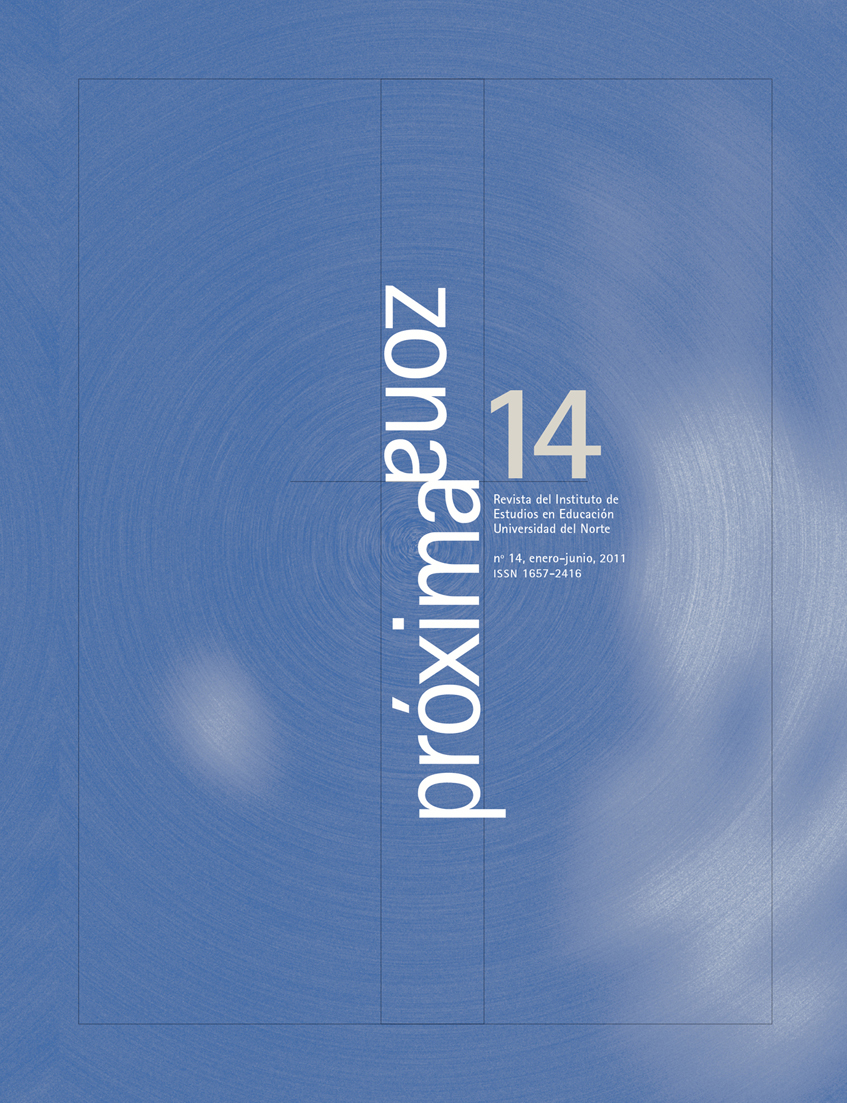Abstract
This paper describes a teaching strategy to enhance in middle school students from a school in the city of Tunja the ability of problem-solving and decision making in everyday situations, from the chemistry class. A diagnosis is made using HCTAES test (Halpern, 1998) and activities were designed to articulate the chemical concepts with critical thinking skills, as well as to establish learning tool that establishes a significant relationship between the learning of chemistry with everyday situations.
References
Canivez, P. ( 1991). Educar o cidadão? Campinas: Papirus.
Halpern, D. (1998). Teaching critical thinking for transfer across domains. American Psychologist, 53, (4), 449-455.
Kortland, K. (1996). An STS case study about students' decision making on the waste issue. Science Education, 80, (6), p.673-89.
McConnell, M. C. (1982). Teaching about science, technology and society at the secondary school level in the United States: an education dilemma for the 1980s. Studies in ScienceEducation, 9, p.1-32.
Mortimer, E. F. (1995). Conceptual change or conceptual profile change? Science & Education, 4, (3), p.265-87.
Pedretti, E. (2003). Teaching science, technology, society and Environment (STSE) education: Preservice Teachers's philosophical and pedagogical landscapes, en Zeidler, D. (Eds).The role of moral reasoning on socioscientific issues and discourse in science education, pp. 219-239. The Netherlands: Kluwer Academic Publishers.
Ramsey, J. (1993). The science education reform movement: implications for social responsibility. Science Education, 77, (2), p.235-58,.
Saiz, C. & Nieto, A. (2002). Pensamiento crítico: capa cidades y desarrollo. En C. Saiz (ed.). Pensamiento crítico: conceptos básicos y actividades prácticas (p. 15-19). Madrid: Pirámide.
Santos, W. & Mortimer, E. (2001). Tomada de decisão para ação social responsável no ensino de ciências. Ciência & Educação, 7, (1), p.95-111.
Zoller, U. (1991). La solución de problemas de U y la paradoja de solución de problemas. Asuntos conceptuales en la educación ambiental. Nueva York: Peter Lang.


